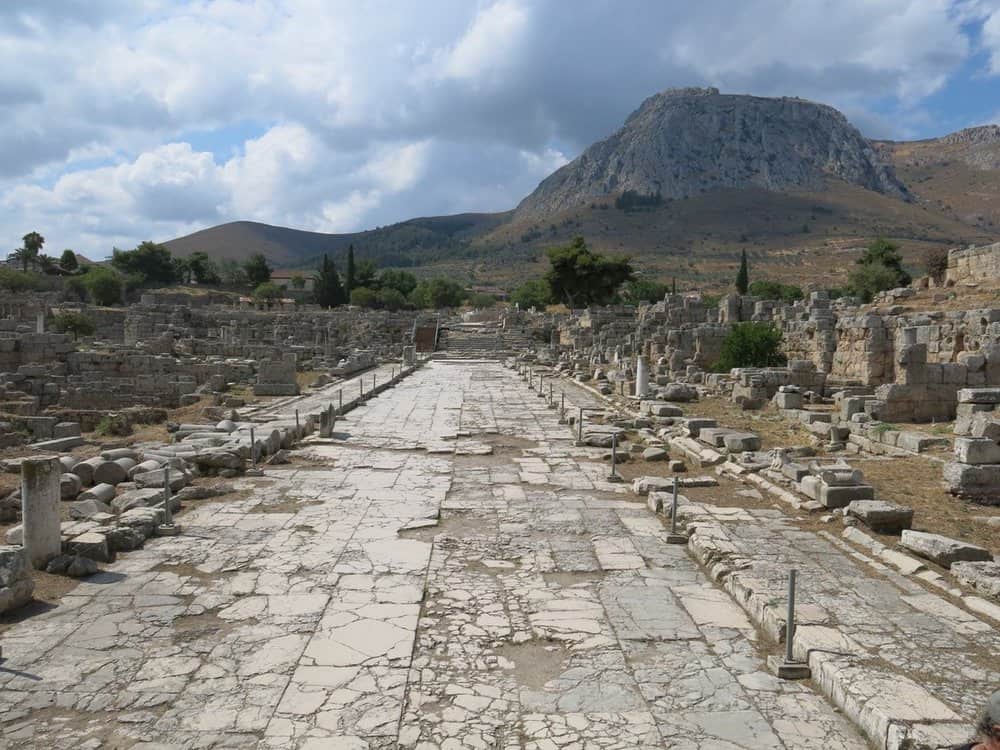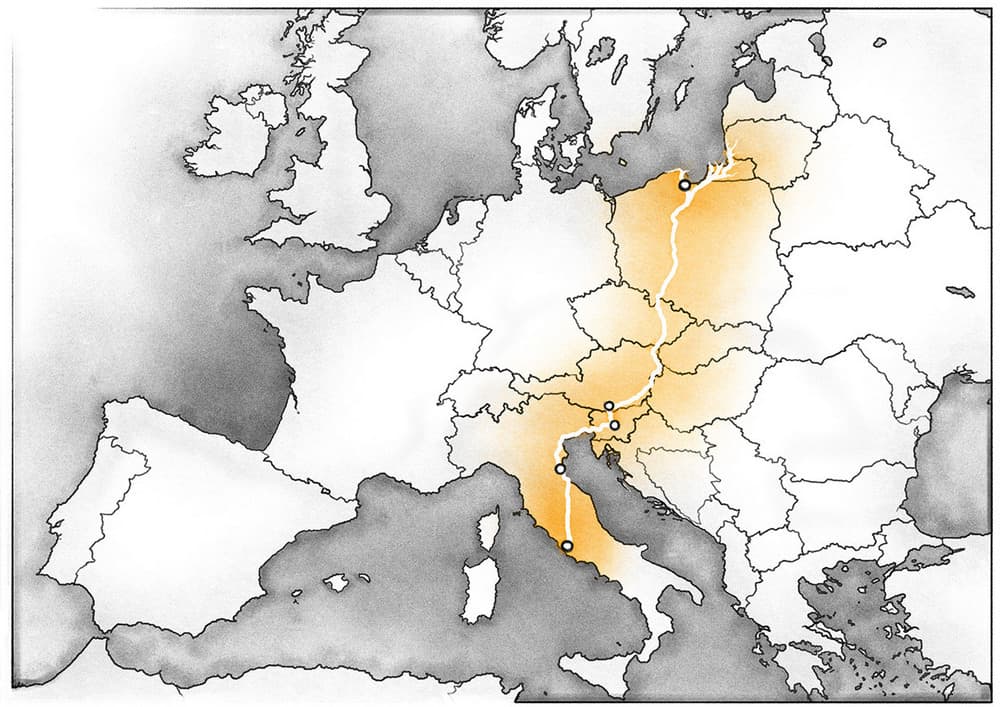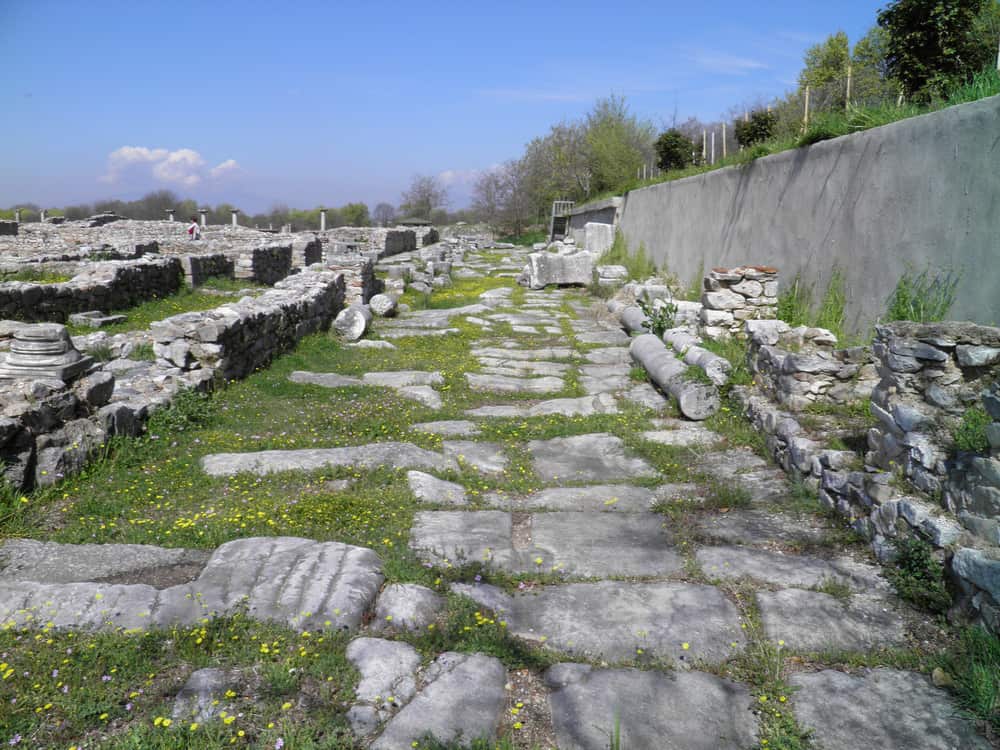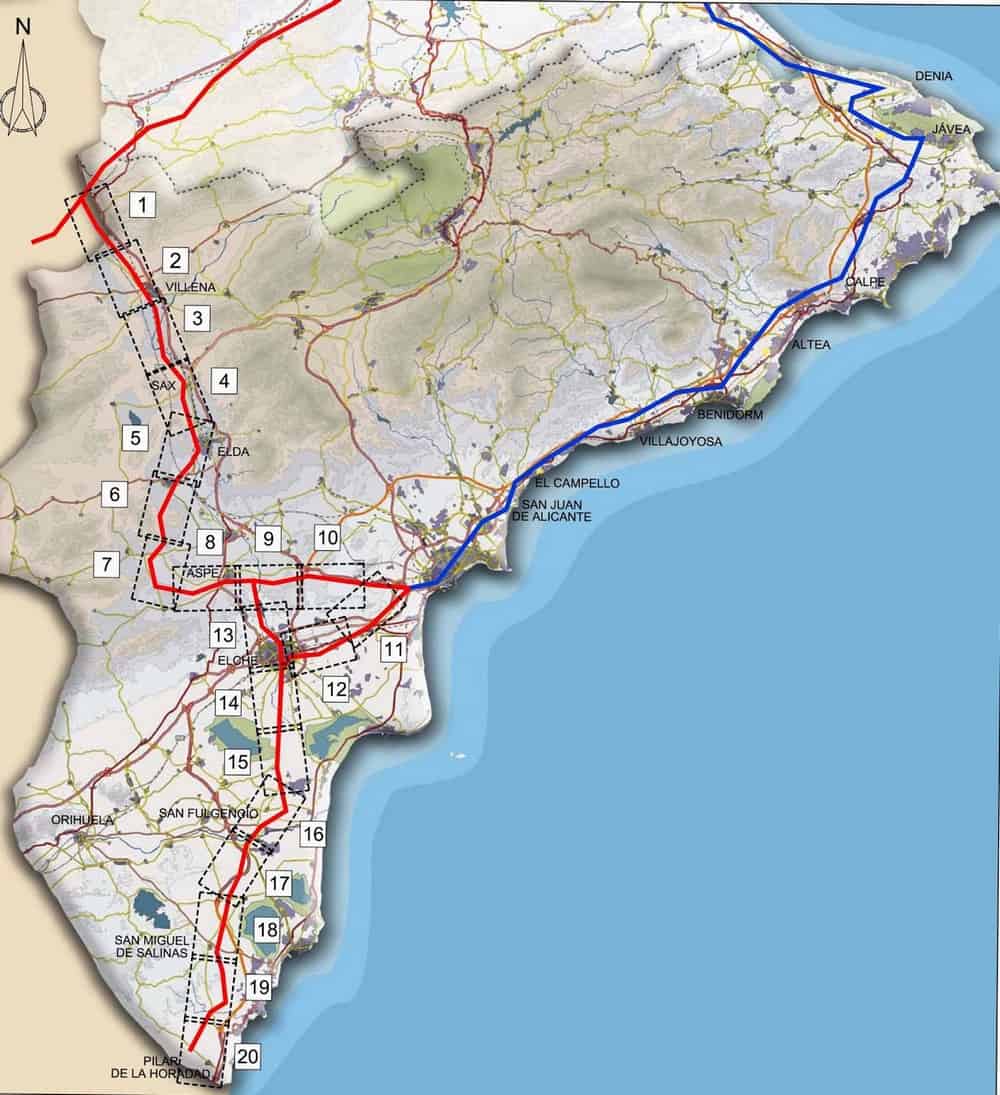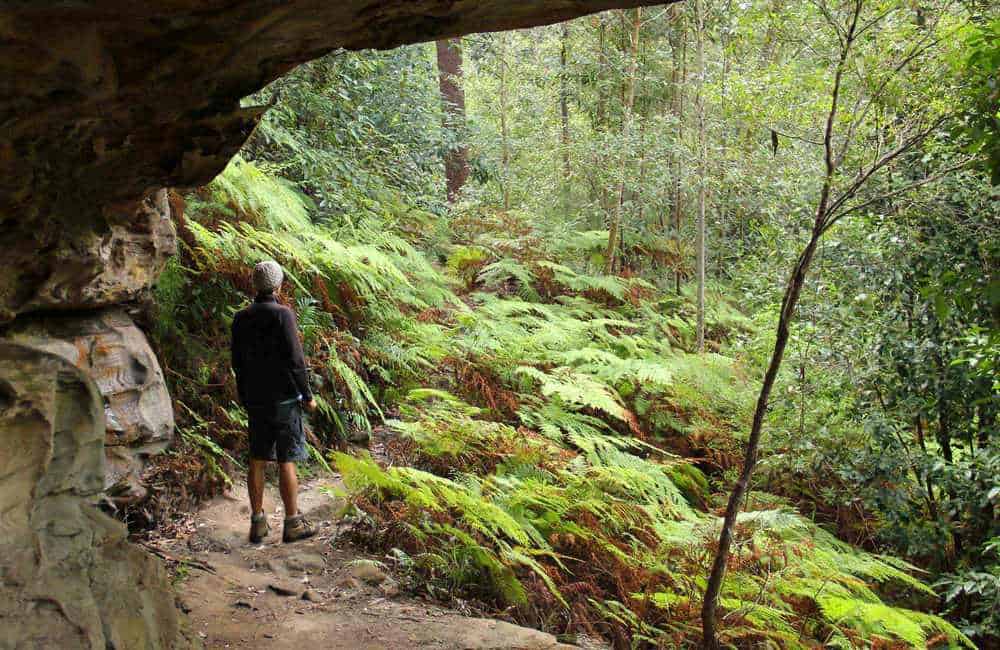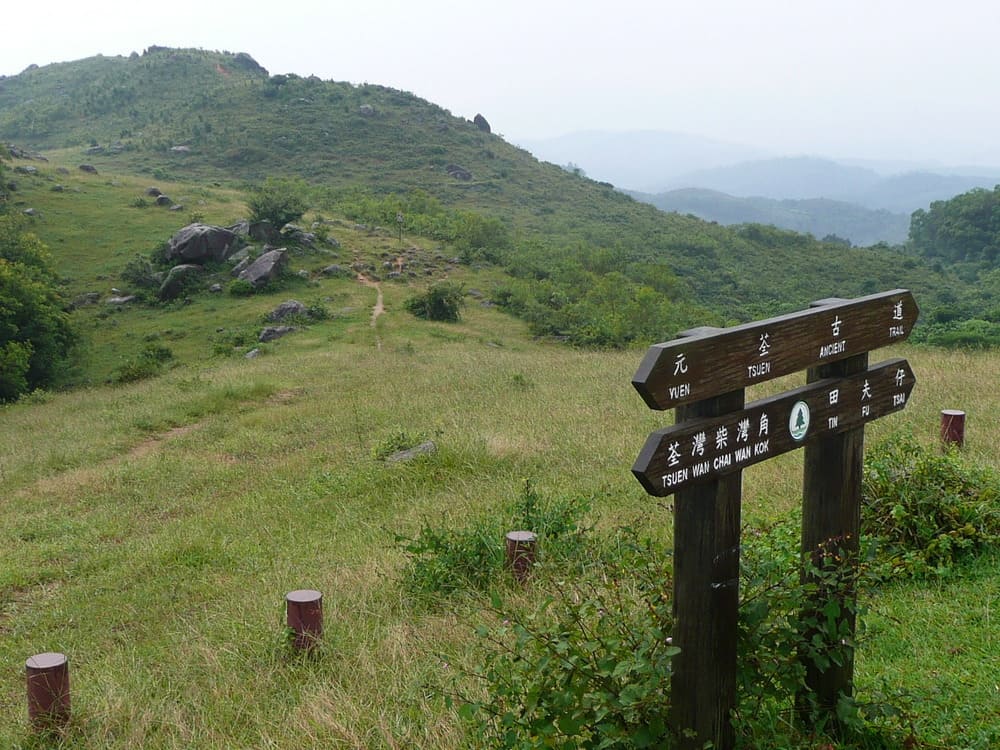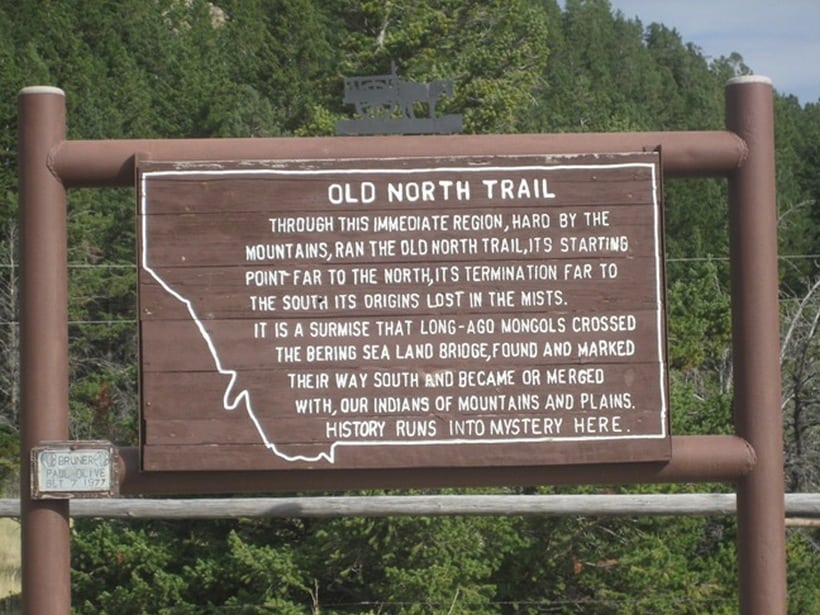A few thousands of years ago, when mankind started to transport goods via land ways, they started clearing paths, which further evolved into paved ways after the invention of the wheel and the cart. Fast forward to our days and you can see that most of the physical world is connected via a complex network of roads and highways.
Since the ancient times, man has figured that a good network of roads can lead to better transport of goods between various settlements and soon enough, roads have become crucial for transportation, moving around armies and the overall well-being and survival of a nation.
Roads improved trading and communication between various nations and their cities, and assured the mobility of the population and all kinds of services among the settlements and cities of a country. Roads have become the crucial link in the safety, economy and general growth of a nation.
While we might think that the roads we have today are masterpieces of what man can do, we shouldn’t forget what those before us have been able to build, especially when you think of the fact that they didn’t have access to all the technological advances available today.
So let’s take a look at The Top 10 Antique Highways of The World:
10. The King’s Highway from Egypt to Syria
Started in Egypt and stretched through the Sinai Peninsula to Aqaba and further leading to Damascus and the Euphrates River, the King’s Highway used to be a popular trade route connecting Egypt at one end and Syria to the other.
The road was also used by Muslim pilgrims in their pilgrimages to Mecca and it passes Mount Nebo where Moses is said to have had the vision about the Promised Land.
9. The Persian Royal Road from Turkey to Iran
The construction of the Persian Royal Road, stretching from Turkey to Iran, was attributed to King Darius the Great. Its purpose was improving communication throughout his empire and it connected the Mediterranean Sea with the Persian Gulf.
The route is famous for being taken by famous historic figures such as Alexander the Great, Queen Esther or King Midas in their past undertakings. The road covers a total distance of 2699 km and dates from the 5th century BC.
8. The Amber Road from Russia to Italy
The Amber Road, connecting Italy and the Adriatic Sea to Russia and the Baltic Sea, was used beginning with the 16th century for, as its name suggests, the transport of amber. Amber was transported from Northern Europe to the Mediterranean area.
Nowadays the road is famous among tourists who want to travel from St. Petersburg all the way to Venice. Today, the Amber Road is nothing more than a tourist route with diverse objectives along the way such as the Mizgiris Amber Gallery, Amber Bay, the Amber collection place in Karkle and the Amber Museum and the Amber workshop in Palanga.
7. Via Egnatia from Albania to Turkey
Connecting Albania to Turkey, Via Egnatia is a road built by the Romans during the 2nd century BC, road that went through the – back then – provinces of Macedonia, Thrace and Illyricum, nowadays known as Albania, Macedonia, Greece and Turkey.
The road covers a total distance of 1,120 km and its purpose was to link the Roman colonies from the Adriatic Sea to the Bosporus. It was the road used by Apostle Paul on his second missionary journey and by the marching armies of Caesar and Pompey during the Civil war. Marcus Antonius and Octavian followed it during their pursuit of Cassius and Brutus in the Battle of Philippi. During the Byzantine times, Via Egnatia was the main route for overland trade with the Western Europe and later on it was also used by the Ottoman Turks.
6. Via Augusta in Spain
Spain’s Via Augusta is an old Roman road that goes from Cadis to Coll de Panissars, crossing the Pyrenees to the Mediterranean Sea and joining Via Domitia. It covers a distance of 1,500 km and bears the name of Roman Emperor Augustus.
The main purpose of the road was the commercial one despite the fact that it was built by the army. Around the year 409, after barbarians entered Hispania and the Roman Empire began its decline, with nobody taking care of it anymore, the road began to deteriorate and today you can see its remains in an advanced state of decay.
5. The Old Great North Road in Australia
Built to connect Sydney with the Colony of New South Wales – which later became Australia – the Old Great North Road was created with the aid of convicts between 1825 and 1836.
The road covers 260 km of rugged terrain and was included on the Australian National Heritage List in 2007 and as well on the UNESCO World Heritage list for the historical examples of convict labor and transportation it offers.
4. Hong Kong’s Yuen Tsuen Ancient Trail in China
Hong Kong’s Yuen Tsuen Ancient Trail is a route that connects the Yuen Long and Tsuen Wan territories with Hong Kong and used to be of utter importance for the travel and trading between the two towns before the completion of Castle Peak Road.
Nowadays the trail – and the adjoining campsite – is mostly used by hikers in their adventures, offering great opportunities for a vacation.
3. The Ancient Khmer Highway from Cambodia to Thailand
With a span of over 225 km, the Ancient Khmer Highway is the most important road built by the Khmer, connecting Angkor, the capital city of the Khmer Empire – nowadays Cambodia, with Phimai, a town in northeast Thailand where some of the most important Khmer temples were located.
Nowadays most of the road was taken back by nature through the thick jungle vegetation and can only be spotted from the air. The road was attested back in the 12th century, with most of the buildings that still reside along the way date from King’s Jayavaman VII reign.
2. Old North Trail in North America
The Old North Trail is a road that spreads over 2,000 miles connecting Canada to Mexico, running along the Rocky Mountains.
It was used by the Blackfeet Indians in their sacred journeys across the American continent. What’s interesting is that it would have taken about four years for them to travel the entire distance of the road.
1. Nakasendo Highway in Japan
One of the five routes of the Edo period – 1603 to 1868 – the Nakasendo Highway is Japan’s old connection between Tokyo and Kyoto. Running through the prefectures of Saitama, Gunma, Nagano, Gifu and Shiga, the road covers a total distance of 534 km and it was preferred by many travelers back in the times.
The five roads became the official routes for the shogun and the daimyo, and Nakasendo Highway was one of them. Nowadays there are only a few stretches of this road that remain in their original 17th century form, but still they’re a great way to explore that history.

